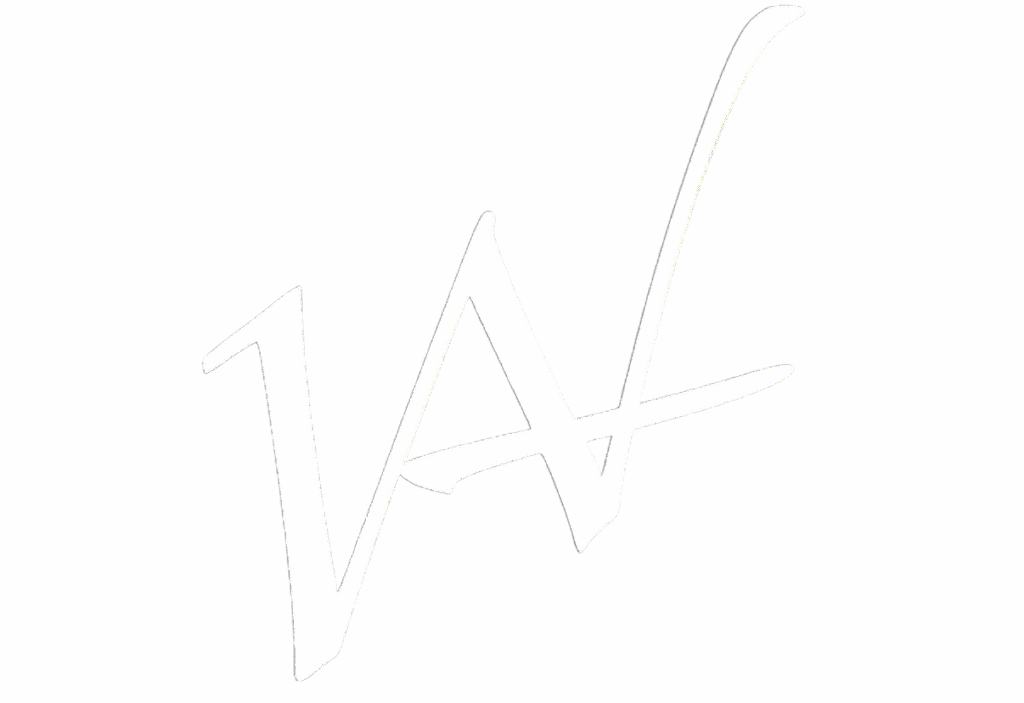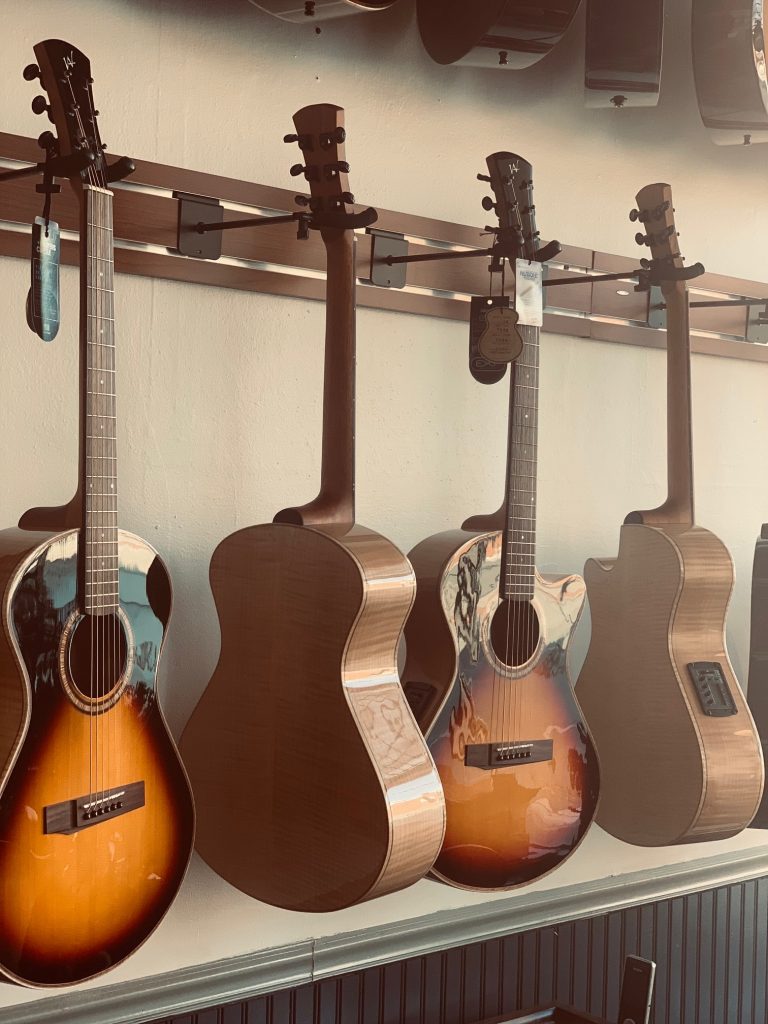By: Josh Lucas
You’ve heard the saying, “There’s more than one way to skin a cat,” right?
Well, there’s more than one way to play a G chord.
In fact, there’s more than one way to play the same exact one.
Why?
Well, what’s the toughest part about changing chords? For most people it’s rearranging your fingers into an entirely new chord shape.
With a G chord, and with many chords, it’s possible to slightly alter the way that you play the chord to make it easier to get to the next chord.
Here are two different fingerings for the same G chord:


Now here’s another way to play a G chord.




You’ll notice a lot of the logic behind this–and these are not my ideas, they’re commonplace–is moving as few fingers as possible, or just moving as little as possible in general.
The next time you’re having trouble getting from chord to chord, think of this example. Then think, “Is there a way I could fret these chords that would involve less movement?”
Make things as easy as possible on yourself!
Let me know if you have any questions, comments, or suggestions for future blog posts!
Have fun, practice hard!








